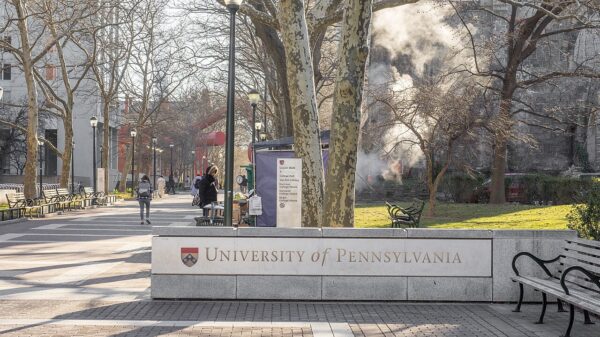Staff writer Meghana Praveen reviews “Hallyu! The Korean Wave”, an exhibition at the V&A exploring the history and newfound global prominence of Korean culture.
The Chinese term “Hallyu”, which can be directly translated as “Korean Wave”, is often used to describe the sudden rise of Korean pop culture. This increased interest in Korean art, drama, and music has become a strong source of soft power for the country. Considering its current popularity, with the success of BTS and Netflix’s “Squid Game”, the V&A’s exhibition “Hallyu! The Korean Wave” has come at the perfect time.
This collection is surprisingly insightful, giving a historical background to the skyrocketing fame of Korean media which begins with a section outlining the impact of Japanese imperialism on Korean culture. One intriguing display shows us how the West has affected Korea, with both the advent of the internet and the shifting of focus from manufacturing industries to skill-and-knowledge-based and cultural industries having caused great change. Additionally, it dives into the absurdism in the art and entertainment industries in Korea which sets it apart from media in the West.
Its display for “Parasite”, the critically acclaimed movie that catapulted Korean cinema into the spotlight, was particularly impactful. The placement of this display indicates the amount of thought and planning put into the exhibition. Due to how unassuming it is, the set recreation catches you off guard, paralleling the movie’s message of hidden poverty and the dire effects of capitalism.

Recreation of Parasite bathroom scene. Credit: Victoria and Albert Museum, London. The image has been cropped and compressed.
The K-pop section of the exhibition, which garners the most visitors, and sceptics due to the lack of meaningful recognition of the genre in the west, was just as insightful and surprising. Not only does it manage to excite fans of popular boy and girl groups like BTS, Blackpink, Ateez and Aespa, but it also provides insight into social change brought about by fans and idols. Particularly impactful was the sculpture of G-Dragon, one of the biggest K-pop idols, by Gwon Osang. This piece of work depicts the realities of the idol lifestyle. The sculpture, created from hundreds of images of G-Dragon, portrays the artist as both St. Michael and Satan in the famous painting “St. Michael Vanquishing Satan” in an image meant to symbolise the triumphs and pressures of stardom. It is worth mentioning that the music you hear as you walk through the exhibition is chosen to reflect this theme. The song “Idol” by BTS, which discusses the criticisms and pressures of being an idol, can be heard as you look up at G-Dragon.

Gwon Osang sculpture. Credit: Victoria and Albert Museum, London. The image has been cropped and compressed.
The interactive aspects of the exhibition were an exciting surprise. Visitors are able to listen to songs that incorporate traditional music and instruments through headphones next to the displays, such as ‘Daechwita’ by August D, which samples Joseon military music. There is also a dance challenge present that brings out the competitive spirit in everyone.
However, the exhibition sidesteps controversial aspects of Hallyu, such as the racist, sexist, and homophobic aspects of Korean culture and the harmful diet culture disseminated by it. While this is emphasised in a small section on social activism, particularly the mention of Holland, the first openly gay idol as having “enjoyed great commercial success”, the exhibition completely ignores the anti-LGBTQ tendencies of the Korean media and society and the sheer extent of the hate and criticism Holland has received in his journey as an idol. Visitors of such exhibitions must always consider the agenda of sponsors, in this case, Korea’s Ministry of Culture, Sports and Tourism.
Regardless, there’s no doubt that fans of K-dramas and K-pop groups will enjoy the exhibition, gaining a rush of serotonin from seeing props and costumes used by their favourite artists on display. Sceptics should be able to find something to enjoy as well with the wide variety of sections of the display, providing insight into the historical as well as hidden aspects of Hallyu.













